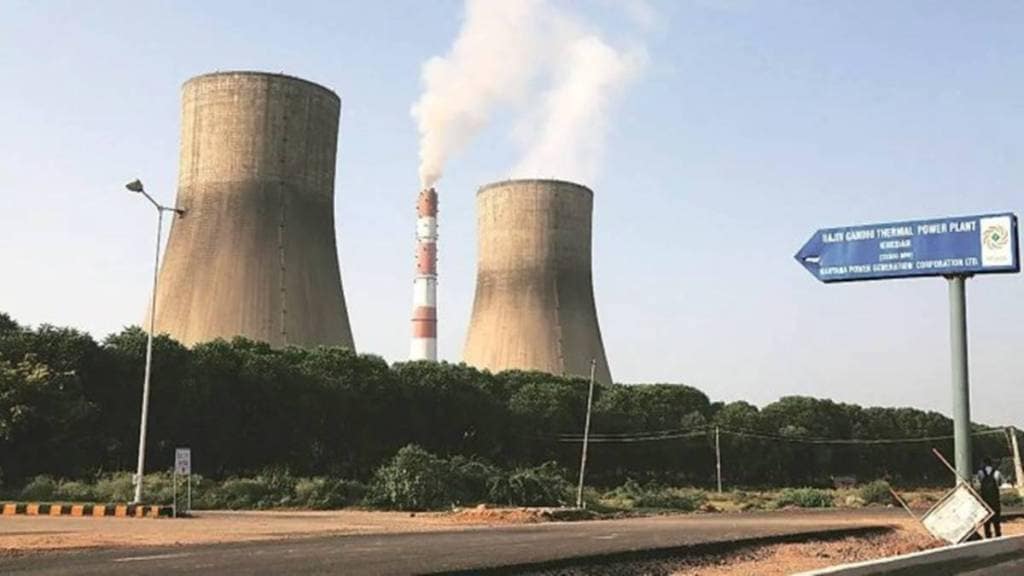India added 5.09 gigawatt (GW) of thermal capacity in the first half of the current fiscal year 2025-26, as per the latest data from the Central Electricity Authority. This represents a sequential pick-up.
The country has set a target of 12.86 GW thermal capacity addition for the entire fiscal.
The pace of addition of thermal power capacity has slowed down in the past few years. In FY25 too, the country added just 4.53 GW of thermal capacity against its target of 15.4 GW. In the current fiscal, experts believe the country might just be able to add 9.4 GW of thermal capacity.
Of the targeted 18 units, the country has so far commissioned five thermal units as of September 30, 2025. The commissioned projects included three units in the central sector with the remaining two units in the state sector.
The commissioned thermal units include North Karanpura STPP (660 MW), Barh STPP St-I (660 MW), Khurja SCTPP (660 MW), Yadadri TPS (800 MW), and Obra-C STPP (660 MW).
Moreover, the country’s private sector commissioned four additional power units with a cumulative capacity of 1.65 GW which includes Utkal TPP, Thamminapatnam TPP, Ph-II, Singhitarai TPP, and Thamminapatnam TPP, Ph-II.
As of September 2025, 26 thermal projects across the central, state, and the private sector with a cumulative capacity of 37.62 GW remained under construction.
The key reasons for delay in commissioning of plants are the delay in equipment supply or land acquisition issues among others, as per analysts.
India has now and again affirmed its reliance on coal-based power and has advanced steps in this area – including the addition of 97 GW coal and lignite-based electricity generation capacity by 2034-35 as the country’s power demand increases.
As per analysts, given the complexity of thermal plants there are a lot of things that need to fall into place – transmission lines, water pipelines, coal transportation lines, railway sidings among others for a thermal power plant to be commissioned.
The country’s peak power demand reached 241 GW this year as against CEA’s estimate of 270 GW. In 2024, the peak demand for power had touched 250 GW in May against the government’s projection of 260 GW.
As of September 30, the country’s total installed capacity stood at 500.89 GW, of which thermal capacity accounted for 244.79 GW.
While India has committed to achieving 500 GW of renewable energy capacity by 2030, policymakers have reiterated that renewable energy alone cannot meet the rising power demand.
“Renewable sources of power are variable and diurnal in nature. On the other hand meeting peak power demand requires firm and predictable sources of generation. Other contributing factors include shorter gestation period of thermal projects and lower capital cost of coal-based plants compared to hydro and nuclear plants,” Anujesh Dwivedi, partner at Deloitte India had earlier told FE.

